picea abies with fastigiated branches
jarpe
10 years ago
Related Stories
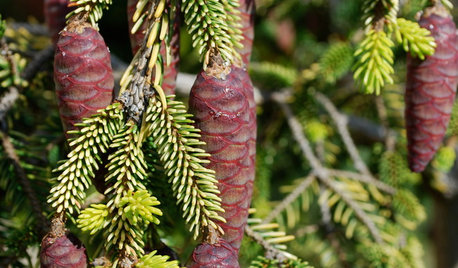
GARDENING GUIDESGreat Design Plant: Skylands Oriental Spruce, a Favorite Conifer
Brighten up a drab corner of your garden with Picea orientalis ‘Skylands’, a smaller spruce that a bird family might just call home
Full Story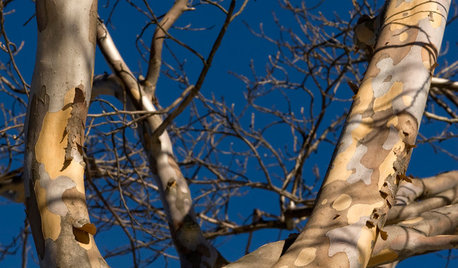
WINTER GARDENING8 Gorgeous Trees for Winter Interest in the Garden
Intriguing forms and beautiful branches take center stage when color heads back into the wings of the winter landscape
Full Story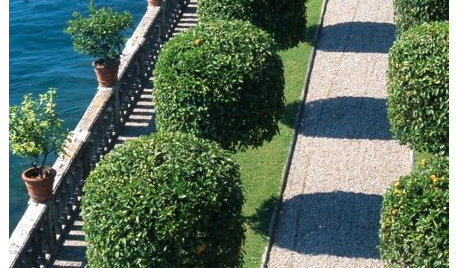
LANDSCAPE DESIGN5 Structural Plants to Frame Your Garden Beautifully
Consider these trees and shrubs live building blocks, providing structure and definition in even a small garden
Full Story
GARDENING GUIDESGrow Your Own Privacy: How to Screen With Plants and Trees
Use living walls to lower your home and garden's exposure while boosting natural beauty in your landscape
Full Story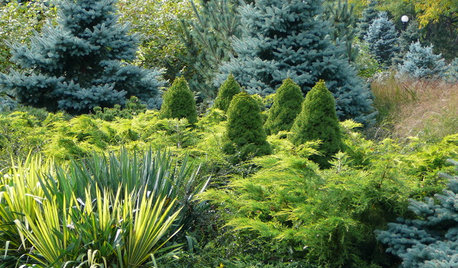
PLANTING IDEASDesigning With Conifers: Layers of Texture for Your Garden
Sharp and prickly or fine like ferns, richly textured conifers bring unexpected interest to the landscape
Full Story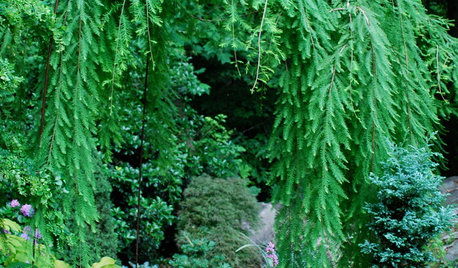
LANDSCAPE DESIGNThe Weepers and the Creepers: 10 Intriguing Trees for Your Garden
Bring something a little different to your landscape with a tree that dives, twists or crawls
Full Story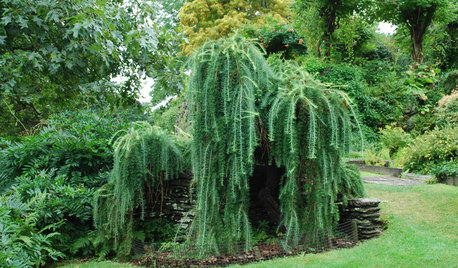
GARDENING GUIDESGreat Design Plant: Larix Decidua ‘Pendula’
Soft, graceful and sculptural, weeping larch is a star in northern U.S. gardens
Full Story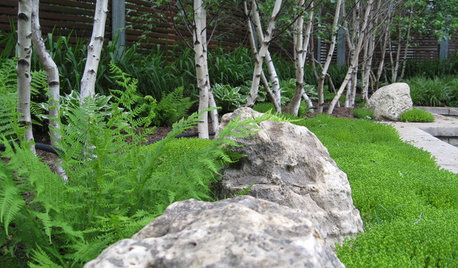
LANDSCAPE DESIGNFor Garden Drama, Consider the Lowly Boulder
A boulder can be a thing of beauty in the landscape. Here are 10 ways to display them to full effect
Full Story
LANDSCAPE DESIGNWarm Up Your Home With an Evergreen Windbreak
Plant tall trees for more warmth in winter, serenity in summer and good looks all year long
Full Story
LANDSCAPE DESIGNBoxwood Alternatives Bring the Chelsea Flower Show to You
Don’t let box blight limit your plans to borrow garden design ideas from the renowned British event
Full Story








gardener365
jarpeOriginal Author
Related Professionals
Elwood Landscape Architects & Landscape Designers · Burlington Landscape Contractors · Cincinnati Landscape Contractors · Conroe Landscape Contractors · Euclid Landscape Contractors · Firestone Landscape Contractors · Indio Landscape Contractors · La Vista Landscape Contractors · Lakewood Landscape Contractors · Ronkonkoma Landscape Contractors · Rosemount Landscape Contractors · San Benito Landscape Contractors · San Pedro Landscape Contractors · West Coon Rapids Landscape Contractors · Quartz Hill Landscape Contractorsconiferjoy
bengz6westmd
jarpeOriginal Author
jarpeOriginal Author
coniferjoy
jarpeOriginal Author
jarpeOriginal Author
coniferjoy
sluice